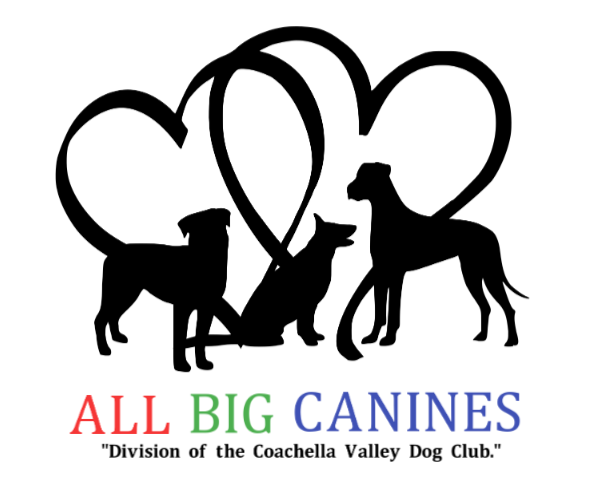Are you using food rewards properly?
December 26th 2020
When it comes to choosing a reward for training most, if not all, of my students know I am all for using Kibble.
However, there comes a point when your dog is learning something difficult and they need that treat "value" amped up.
We as humans work for our paychecks. If we work 40+ hours of backbreaking work and only get paid minimum wa
ge we are probably not going to feel the love. But if we get a raise, even by 40 cents for doing a good job and not having more responsibilities added we will feel emotionally satisfied.
However, if we as humans get paid minimum wage for back breaking work, and never get a raise and then are asked to do even more week we are probably going to look for work elsewhere.
By that same token, if we are doing 40+ hours a week of back breaking work, we get paid 15.00 an hour, overtime, PTO, benefits, and get a raise based on evaluations every year we are apt to work harder for this employer because we feel valued.
While dogs do not have the same emotional response to their training as we would to say a job, a dog who is having issues with walking on a loose leash needs a better reinforcement than their kibble. So for this we may use something like a nice tasty hot dog, or some pieces of boiled chicken breast.
When this reward is offered for doing the proper action of walking on the leash without pulling, it is new, tasty, and something they do not get. So the value of that treat is much higher than a kibble and the dog wants to earn that reward. So the reward of the hot dog is something that holds higher value to the dog than the kibble. It then becomes a functioning reward for that dog.
The same exact situation with a dog who does not like food or toys but prefers attention from the human can be recreated. A simple good job as verbal praise from the owner is used routinely but an ear scratch and excited praise may be used to teach the dog to do the same loose leash walking exercise easily now that you have amped up the value of the reward.
To hve a functional reward it needs to be something the dog wants to receive and is very excited to receive. Not just what we want to give the dog.
Continuing on the path of +R training we also want to note that if you are constantly having to lure your dog with a treat you are not training properly. While a lure may be used when teaching something the first few times you want to only reward when the behaviors have been given without food being directly present. Otherwise you have conditioned the response only to the presence of food and not to the actual behavior being asked.

